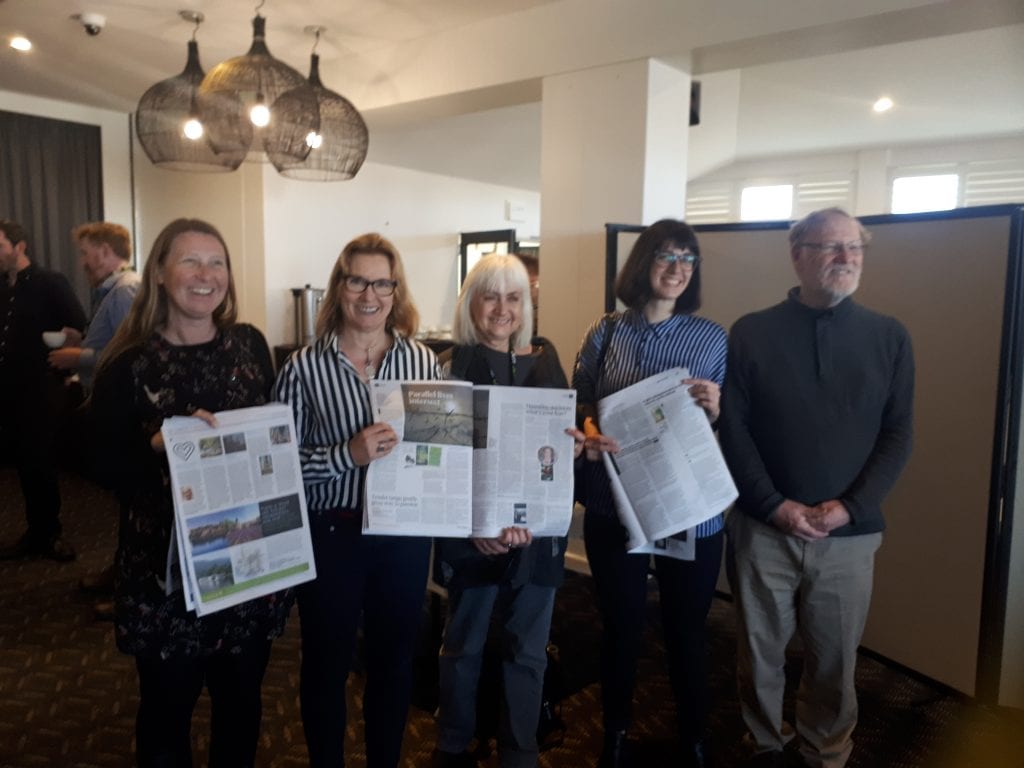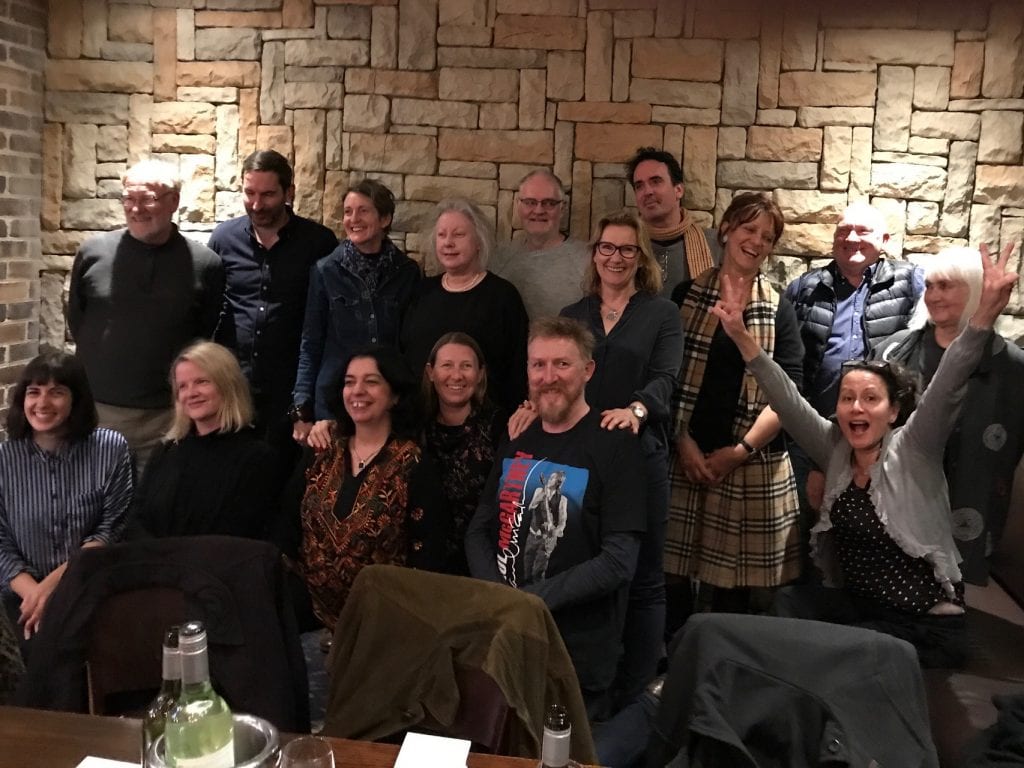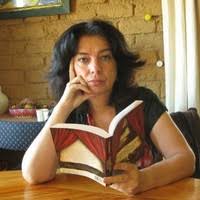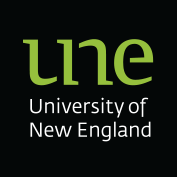This post is part of our series about the Future of Work, culminating in next month’s event in Tamworth on the 13 September (more here)– we’ll be talking to students, researchers and teachers, graduates and alumni over the next month. Join us via Facebook, Twitter, Instagram and LinkedIn.

Five of the publishers who participated had the serendipitous pleasure of seeing some of their titles reviewed in major newspapers that weekend–while they were all in the same pitching room in Armidale! L to R: Anna Solding (MidnightSun Publishing); Jane Curry (Ventura Press); Veronica Sumegi (Brandl and Schlesinger); Ruby Ashby-Orr (Affirm Press) and Peter Bishop (Peter Bishop Books).
In early August, I was involved in running a major publishing-focussed event, Pitch Independent, which was held in Armidale, both at the University of New England and in town. Pitch Independent featured 14 independent book publishers and literary magazine editors who came from all over the nation (and one who participated by Skype from the US) to participate in a unique and innovative event. As one of Australia’s top three regional creative hot spots when it comes to publishing and associated fields (according to a 2018 Regional Australia Institute study), it was fitting that it was Armidale which both initiated and hosted such an exciting event, the first ever anywhere in Australia (including metropolitan areas!) to be focussed on the extraordinary diversity and opportunities within the small and independent publishing sector.
Pitch Independent included not only amazing opportunities for regional writers in all genres, and illustrators, to pitch their work in person to some of Australia’s most exciting and prestigious
publishers and editors, but also a very well-attended symposium on aspects of the publishing industry, especially within the small and independent publishing sector.
And it was very clear from the wide-ranging presentations and discussions at the symposium, and many lively conversations afterwards, that despite many challenges, not only is the publishing industry thriving, but that it is headed for a bright future.
As a long-established author and a fairly new small publisher myself, I already knew that the industry I love working in is a flexible and imaginative one: but seeing it in action, as it were, really confirmed it. Never has Australian publishing been so diverse, with an estimate of up to 400 active publishers operating nationally, over the full range from large multinational publishers to tiny shoestring operations that publish just a handful of titles a year, from publishers successfully serving niche markets to publishers producing books over the whole range of genres, and of course everything in between.

Participating publisher Margrete Lamond of Dirt Lane Press with a recent publication from her press, with Michelle Wheatley, bookseller, from Reader’s Companion, who were selling the various publishers’ titles.
This diversity has been facilitated by innovations in digital technology – not in e-books, which is what many people outside the industry assume, but in book file creation and printing technology. A few years ago, commentators (mostly from outside the industry, it must be said!) were writing the obituary of the print book or claiming that the e-book would cannibalise print sales. But today we can see that is simply not true. E-book sales have flattened, reaching what might be seen as their natural level as a complement, not a replacement, to print sales, achieving a maximum of 18 percent of sales across the market. In some sectors, such as children’s publishing, e-book sales are only a fraction of that (studies have shown that those ‘digital natives’, children and young adults, simply do not like to read books for pleasure on screen, but much prefer print books), while in other sectors, such as romance publishing, e-book sales are higher than average. Meanwhile, print sales have risen, and not just in paperback, either – hardcovers are increasingly popular, as the ‘beautiful book’ concept has struck a chord with readers: and been much less expensive to achieve, thanks to those same changes in printing technology. Audio books are also becoming more common, partly in response to the popularity of podcasts which have made the oral experience more interesting to readers.

All publishers and co-ordinators of Pitch Independent at the celebration wind-down dinner on August 4, 2018
The biggest story in contemporary Australian publishing however could be said to be the rise and rise of small and independent book publishers, which is where we come back to Pitch Independent.
The changes in printing technology that drove down entry costs for start-up publishers helped to make professionally-produced books much easier to create, ensuring that small-press titles can hold their own against those from much bigger presses, in terms of quality of both content and production. These small publishers often have high skills levels from having worked within the wider industry, perhaps within a much larger publishing house, or as booksellers, authors, editors or designers. Small and independent publishers, both from necessity and inclination, are often innovative and flexible in their approach not only to production but also to marketing, publicity, financing and relations with authors and other creators. Perhaps partly because they do not have to factor in large infrastructure or salary costs, they can take more risks with new books, try nimble ways of doing things and break or at least bend assumptions about the publishing ecosystem. In short, they are part of a contemporary start-up culture which in my view has helped to refresh and reinvigorate Australian publishing. And that in turn has had a significant impact on our literary culture generally. Small and independent press titles are now featuring in impressive numbers in prestigious Australian awards lists, such as the Miles Franklin Awards, the Prime Minister’s Literary Awards, the Stella Awards, and the Children’s Book Council of Australia Awards.
Small press titles are frequently reviewed in major newspapers and magazines, and sales have risen significantly, with small-press titles also attracting significant interest at major global rights sales fairs. It’s an exciting time to be in publishing—and an exciting future to look forward to!
 Sophie Masson is the award-winning author of over 60 books for children, young adults and adults. She is also a founding co-director of Christmas Press, an acclaimed New England-based small press specialising in children’s books. She is the Chair of the New England Writers’ Centre and a Board member of the Small Press Network. A former Chair of the Australian Society of Authors, she has also served on the Book Industry Collaborative Council and the Literature Board of the Australia Council. She has recently undertaken PHD studies at the University of New England, specialising in Creative Practice.
Sophie Masson is the award-winning author of over 60 books for children, young adults and adults. She is also a founding co-director of Christmas Press, an acclaimed New England-based small press specialising in children’s books. She is the Chair of the New England Writers’ Centre and a Board member of the Small Press Network. A former Chair of the Australian Society of Authors, she has also served on the Book Industry Collaborative Council and the Literature Board of the Australia Council. She has recently undertaken PHD studies at the University of New England, specialising in Creative Practice.
Author website: www.sophiemasson.org
Blog: www.firebirdfeathers.com
Christmas Press website: www.christmaspresspicturebooks.com



Recent Comments